DNA
Latest

Lab-made embryos may save near-extinct rhino species
The northern white rhino faces a grim fate when its last surviving examples are two infertile females. A novel scientific technique might just spare the species from extinction, however. Researchers have successfully created the first lab-made rhino embryos in a bid to give the northern white a second chance. The group collected eggs from southern white rhinos using a new extraction device and fertilized them using the sperm from dead northern whites, crafting viable embryos with the right DNA to continue the species.

DNA synthesis breakthrough could lead to faster medical discoveries
For all of the advancements in genetic research, DNA synthesis hasn't changed much in over four decades. That could make it a serious obstacle to scientists who are otherwise racing to develop a new drug or understand the human body. It might finally catch up to modern technology, however. A group at the Berkeley-based BioEnergy Institute have devised a synthesis technique that promises to be faster, more accurate and affordable. If all goes smoothly, it could significantly accelerate the pace of medical and biochemical discoveries.
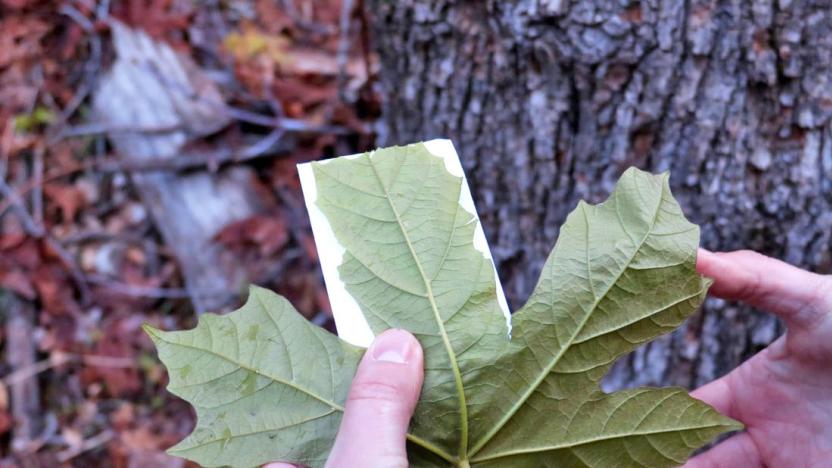
Scientists are building a DNA database to fight illegal logging
DNA evidence could put criminals behind bars, but only if there's something to compare it to. That's why a project that aims to combat illegal logging is now building a DNA database of trees, which could help authorities determine if logs being sold on the market were taken from protected areas. The initiative, a collaboration between the Norwegian government and United States Forest Service's international program, will initially focus on creating a database for the bigleaf maple tree on the West Coast. And the great thing about it if you're someone who's passionate about helping the environment is that you can help gather samples for DNA testing.
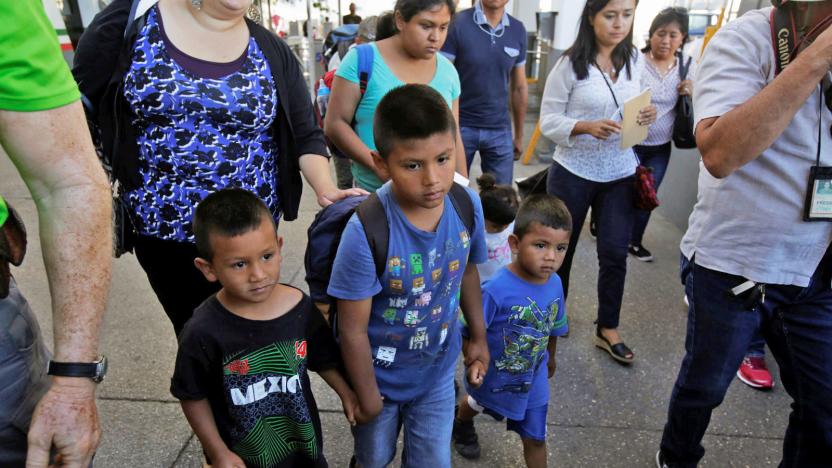
California Rep. requests 23andMe to help reunite children with families
California Representative Jackie Speier reportedly asked DNA-testing company 23andMe to help reunite children separated from their parents at the US-Mexico border due to Trump's 'zero tolerance' immigration policies. She told Buzzfeed that she was concerned with the lack of records for families that have been split up, but it was unclear if, or to what extent, the genetics company would get involved.

Bavarian police can use DNA to find suspects’ eye and hair color
The government of the German state of Bavaria has just passed a new law that will give police much more leeway when it comes to using DNA to track down a suspect, Science reports. Until now, law enforcement in the region have only been allowed to use DNA to match a suspect with crime scene evidence. The new law, however, will let them use DNA to find eye color, skin color, hair color, age and "biogeographical ancestry" probabilities based on genetic markers. The new DNA standards are just part of the law -- which also includes other allowances for expanding police surveillance -- and it has drawn a lot of criticism to date.

DNA is just another way we can’t opt out of data sharing
Growing up in California, serial killers are as much a fact of life as year-round citrus or having a bit of Spanish in your daily vocabulary. News of the Golden State Killer's arrest came as a surprise and a relief to most of us whose early lives were shaped by a generation of fear. The Golden State Killer raped at least 51 women and killed 12 people (that we know of). Our parents literally slept with guns and knives under the killer's shadow, and the many others like him.
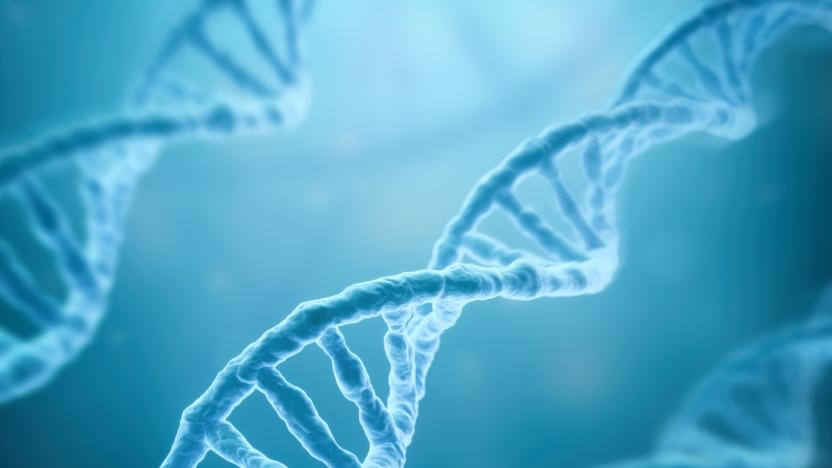
Science takes a step toward coding virus-resistant human cells
In 2016, scientists unveiled one of the most ambitious genetic engineering efforts yet: Genome Project-write wanted to do nothing less than create (not just edit) human cells immune to all known viruses. There was a rough start that included dramatic funding shortfalls, but it now looks like the initiative is getting underway in earnest. Harvard's Wyss Institute and French immunotherapy company Cellectis have formed a partnership that will see Cellectis supply genome engineering tools to a Wyss team led by George Church. They'll use custom enzymes to remove redundant codons (nucleotide "triplets" that produce amino acids for specific proteins) and prevent viruses with those codons from hijacking cells to produce copies of themselves.
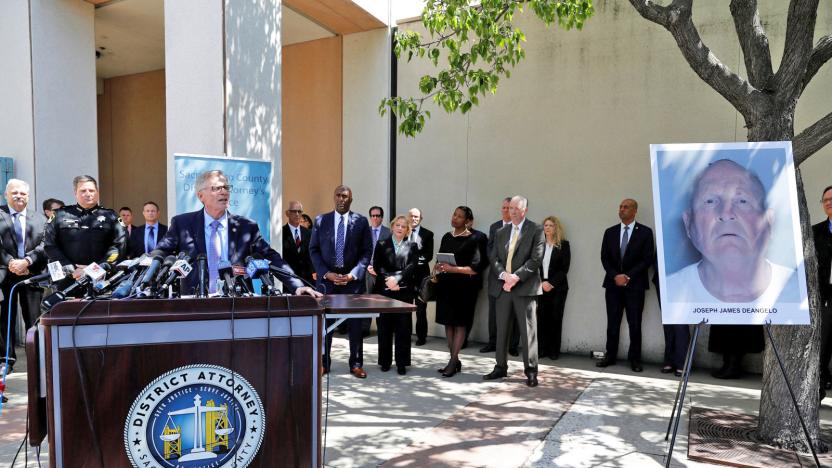
Investigators used online DNA databases to hunt Golden State Killer
Yesterday several police departments in California announced the arrest of the "Golden State Killer," who killed a dozen people between 1978 and 1986 and has been accused of over 50 rapes. At the time, investigators said DNA played a role in identifying former Auburn, CA police officer Joseph James DeAngelo, and today went a step further with the explanation. The LA Times and New York Times report that investigators took DNA samples from the old crime scenes and plugged them into online databases, looking for familiar matches that would help narrow down the suspect. The Olympian reports that by combing through family trees of partial matches they focused on DeAngelo, who was the right age and had lived in some of the areas. Before arresting the subject they got a DNA sample from something DeAngelo had discarded and checked for a match. That match led to his arrest and charges for two of the murders, with more expected to follow.

Color's new DNA test kit can identify inherited heart conditions
Genetic testing company Color is mostly known for its DNA tests for cancer, but its most recent test kit is all about the heart. Color's new kit can detect predispositions to various inherited heart conditions, such as abnormal heart rhythms and any disease affecting the heart muscle and arteries. It does that by analyzing and looking for mutations in 30 genes that determine the heart's structure, function and rhythm. Color admits that hereditary heart conditions aren't that common, but the odds are still one in 200 people.
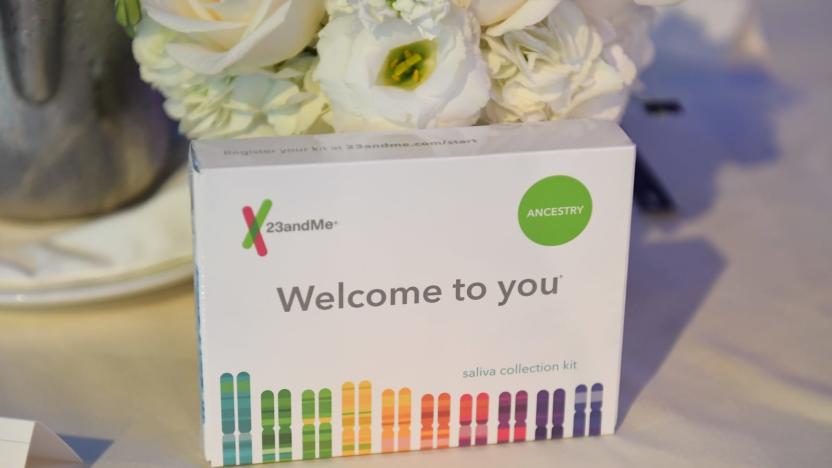
23andMe now paints a far clearer picture of your DNA ancestry
To date, 23andMe's Ancestry Composition report could trace your genetic roots back to 31 populations. That's decent, but not exactly the most accurate representation of your lineage. It could soon be more accurate, however. The company is updating its methods to trace ancestry back to 120 more populations, for a total of 151. If you have uncommon origins, you might have a better chance of discovering them.
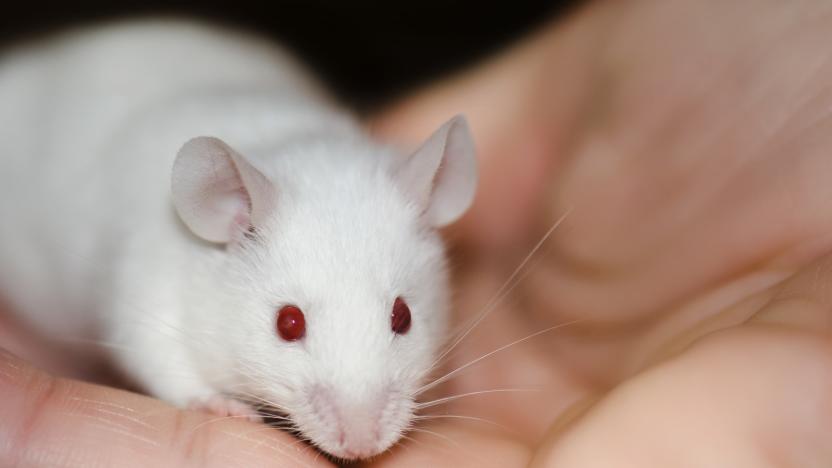
Researchers use nanorobots to kill tumors in mice
Our current methods of fighting malignant tumors are wildly inadequate. Chemotherapy and radiation treatments, while sometimes successful, come with massive side effects, mainly because every other cell in the body is also getting bombarded with chemicals and radiation even though the main targets are the tumor cells. Finding a way to specifically target tumor cells while leaving healthy cells alone is something that many researchers are working towards and a new study out today demonstrates that nanorobots made out of DNA could be an effective option.

Scientists clone monkeys for the first time
Ever since cloning produced Dolly the sheep, scientists have copied a slew of mammals ranging from dogs to ponies. Primates, however, have been elusive -- until now. Chinese researchers have successfully cloned a macaque monkey fetus twice, producing sister monkeys Hua Hua and Zhong Zhong using the same basic method used to create Dolly. The team removed the nucleus from monkey eggs and replaced it with DNA from the fetus, implanting the resulting eggs in female monkeys for them to give birth.
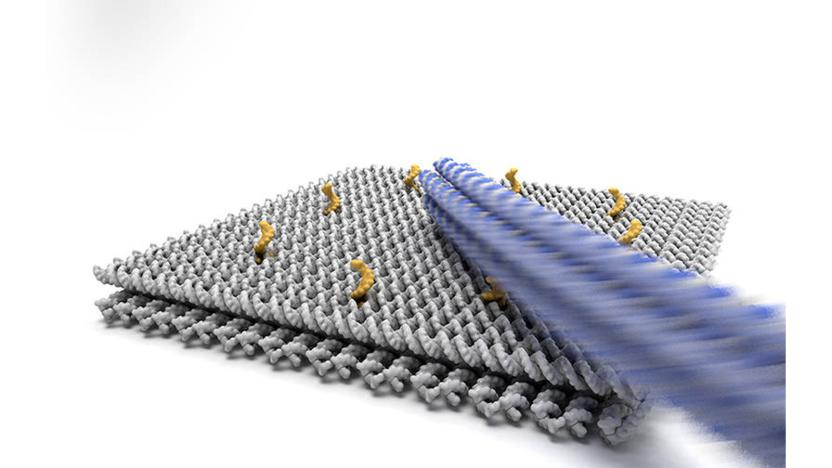
Speedy DNA nanorobot could lead to molecular factories
DNA-based robots promise all kinds of microscopic machinery, but there's a major obstacle: they're slow. Existing designs that use biochemical processes for movement can take hours to shuffle molecules around, which makes them utterly impractical for anything time sensitive. That might not a hurdle for much longer. Scientists have developed a DNA nanorobot (specifically, an arm) that uses electric fields to move a whopping 100,000 times faster than previous examples, even though it's based on straightforward concepts.

The world's smallest Mona Lisa is made from DNA
Leonardo da Vinci's Mona Lisa painting isn't actually that big (30 inches tall), but Caltech researchers have found a way to make that seem downright gargantuan. They've used DNA to construct the smallest known Mona Lisa. At several hundred nanometers across, they're roughly as large as a lone E. coli bacterium -- the iconic smile is just 100nm wide. The trick was an adaptation of a DNA "origami" method that got the gene strands to fold and assemble into the right shape.
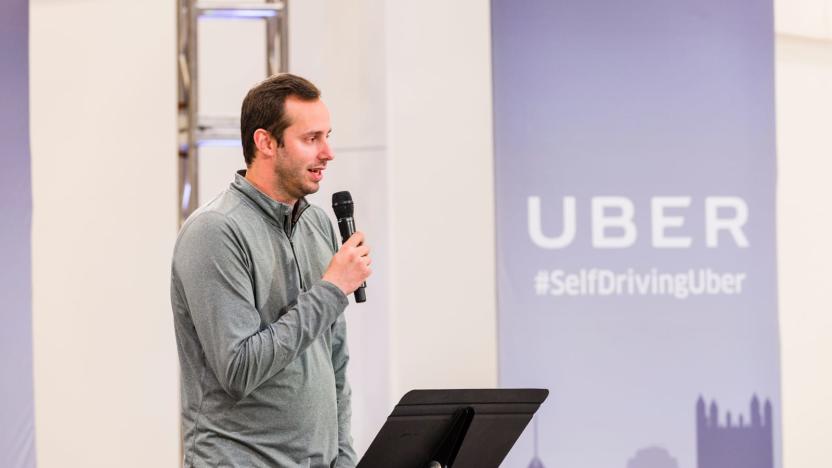
Recommended Reading: The church of AI
Inside the First Church of Artificial Intelligence Mark Harris, Wired You may know Anthony Levandowski from being at the center of Waymo's lawsuit against Uber, but he's also the "Dean" or leader of a new religion of artificial intelligence. Wired takes a look at Way of the Future's doctrine, Levandowski's role and the quest to create the divine AI.

Scientists make first attempt at editing genes inside the body
Brian Madeux became part of medical history on November 13th after receiving a special kind of IV medication. It contained copies of a corrective gene paired with a genetic tool that can cut his DNA, you see, in an effort to cure a rare genetic disorder called Hunter syndrome. According to the American scientists who performed the procedure, it's the first ever attempt at editing a gene inside the human body.
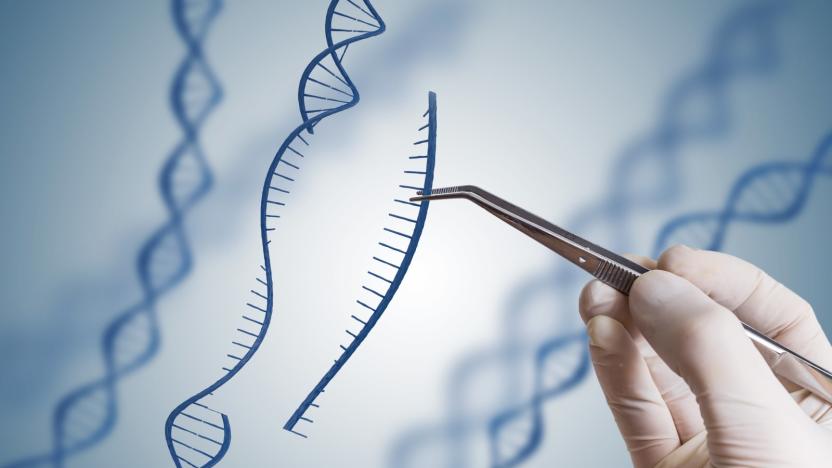
New gene therapy technique saves boy's life by growing new skin
A young boy with a rare genetic skin disorder is alive and well two years after an experimental gene therapy technique was used to grow and replace nine square feet of his skin. The paper, just published in the journal Nature, describes how doctors in Europe used gene therapy in conjunction with a technique to grow skin grafts for burn victims.

New York City ordered to share code for DNA evidence software
Many attempts to open up access to software in the justice system have fallen flat. Advocates in New York, however, have just scored a significant victory. A federal judge has publicly unsealed the source code for DNA analysis software previously used in New York City's crime lab, Forensic Statistical Tool, after ProPublica motioned for its disclosure. There are concerns that the software may have sent innocent people to prison by incorrectly determining that a suspect's DNA was likely to be part of a mix of genetic material (such as the handle of a gun). Public access to the code could theoretically catch flaws in the methodology and clear someone's name.

Navajo Nation may undo genetic research ban in hopes of better care
The Navajo Nation banned genetic studies in 2002 due to concerns over how its members' genetic material would be used, but, as Nature News reports, the Navajo are considering a reversal of that policy. An oncology center is set to open next year on Navajo lands and the tribe's research-ethics board is looking into allowing some genetic research to take place at the facility.

CRISPR gene-editing could result in more successful birth rates
Gene-edited human embryos are offering new insights into the earliest stages of development, and could reduce the risk of miscarriage at the outset of pregnancy. In a new study, researchers from the UK's Francis Crick Institute used CRISPR Cas9 to block a gene (known as OCT4) in human embryos. By stopping it from functioning, the researchers saw that it no longer produced its resulting protein (also called OCT4). As a result, the human embryos ceased to attach or grow sufficiently. Their findings, published in the journal Nature, illustrate the importance of the gene in human development.








